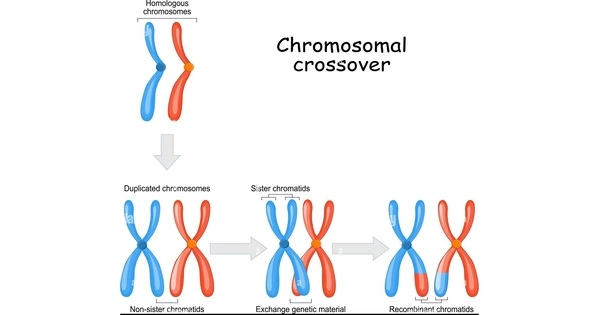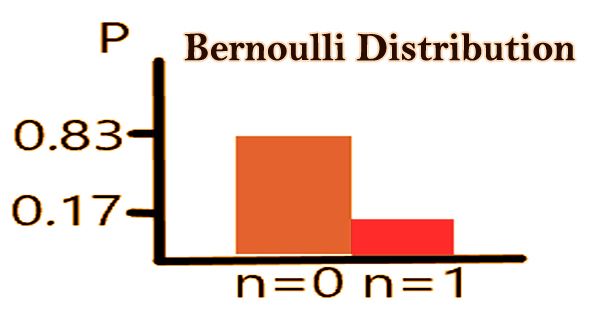Chromosomal crossover, also known as recombination or genetic recombination, is a fundamental process that occurs in sexually reproducing organisms during the formation of reproductive cells (gametes). The exchange of genetic material during sexual reproduction between non-sister chromatids of two homologous chromosomes results in recombinant chromosomes. This process is critical for increasing the genetic diversity of offspring.
It is one of the final stages of genetic recombination that occurs during synapsis in the pachytene stage of prophase I of meiosis. Synapsis occurs prior to the formation of the synaptonemal complex and is not completed until near the end of prophase I. Crossover occurs when matching regions on matching chromosomes break and reconnect to the other chromosome.
During meiosis, the cell division process that gives rise to gametes (sperm and egg cells), homologous chromosomes exchange genetic material via chromosomal crossover. Homologous chromosomes are pairs of chromosomes that carry genes for the same traits, though they may have different variants (alleles) of those genes.
In theory, Thomas Hunt Morgan described crossing over; Morgan and Eleth Cattell coined the term crossover. Hunt relied on the discovery of Frans Alfons Janssens, who described the phenomenon in 1909 and dubbed it “chiasmatypie.”
The key steps in chromosomal crossover are as follows:
- Homologous Chromosome Pairing: Homologous chromosomes align next to each other during meiosis I. Each chromosome in the pair carries similar genes, but with potentially different alleles.
- Formation of the Synaptonemal Complex: A structure called the synaptonemal complex forms between homologous chromosomes, facilitating the exchange of genetic material.
- Crossing Over: Within the synaptonemal complex, breaks occur in the DNA strands of one chromosome, and the broken ends may switch places with the corresponding segment of the other chromosome. This exchange of genetic material results in a recombination of genes between homologous chromosomes.
- Recombination Nodule Formation: During the crossover process, structures known as recombination nodules form. These nodules are thought to be involved in the physical exchange of homologous chromosome DNA segments.
- Chiasma Formation: A chiasma is the location where two chromosomes exchange genetic material. Under a microscope, chiasmata are visible and indicate the presence of crossovers.
Chromosomal crossover is necessary for genetic diversity because it shuffles genetic material between homologous chromosomes, resulting in new allele combinations. This diversity is important in evolution because it provides a pool of different genetic variations on which natural selection can act.
















